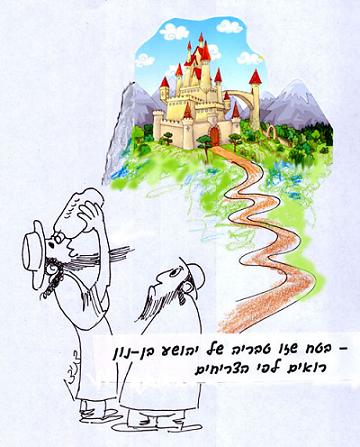
The early sages drew a distinction between cities which were surrounded by a wall in the era of Joshua son of Nun and all other cities which were not surrounded by walls. The former celebrate Purim and read the megillah on the 15th of Adar and the latter on the 14th of Adar. One of the sages, Chezkiyah, celebrated Purim and read the megillah in Tiberias on both the 14th and the 15th of Adar. Why did he celebrate both days despite the requirement to celebrate only on one day? Answer: The sage Chezkiyah did not know whether Tiberias was considered a city walled in during the era of Joshua son of Nun, which should celebrate Purim on the 15th of Adar, or a city not walled in during that era and so celebrates Purim on the 14th of Adar. Due to this doubt he celebrated both days, the 14th of Adar and the 15th. The scholars asked: Why did the sage Chezkiyah have doubts? The book of Joshua states that the city of Tiberias was surrounded by a wall. “Chamat, Reket and Kineret were walled cities at that time.” The sages believed that the Scriptural Reket was Tiberias. This shows that Tiberias was a walled city in the era of Joshua son of Nun. Answer: The sage Chezkiyah was unsure of whether Tiberias is considered a walled city, as its eastern side was surrounded by water and not a wall. What are the reasons for Chezkiyah’s doubts? The reason why a distinction was drawn between cities walled an unwalled! On one hand, one could say that the distinction is drawn because a walled city is hidden and an unwalled city is open to all, and since Tiberias is open on one side, it is to be considered unwalled. On the other hand, one could say that the distinction is drawn because a walled city is protected from its enemies and an unwalled city is not. Since Tiberias is surrounded by a wall and water it is protected, and so should be considered a walled city.
(Babylonian Talmud, Tractate Megillah 5
